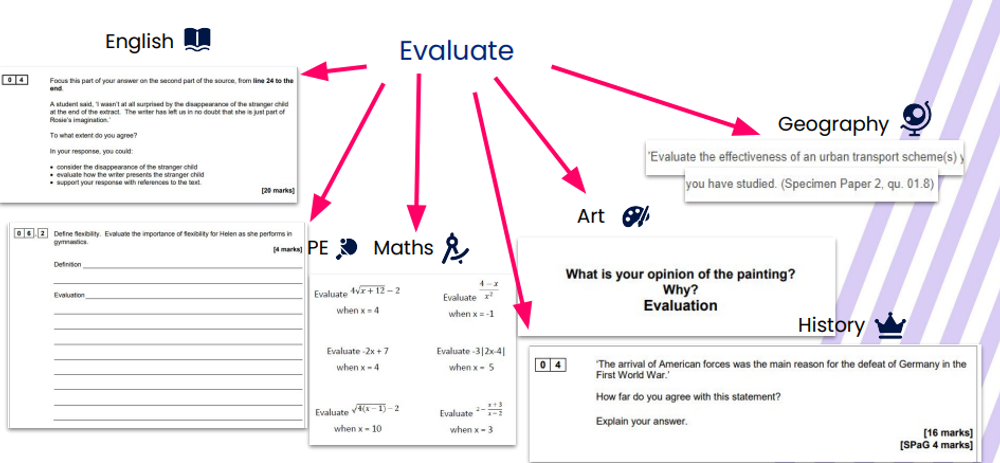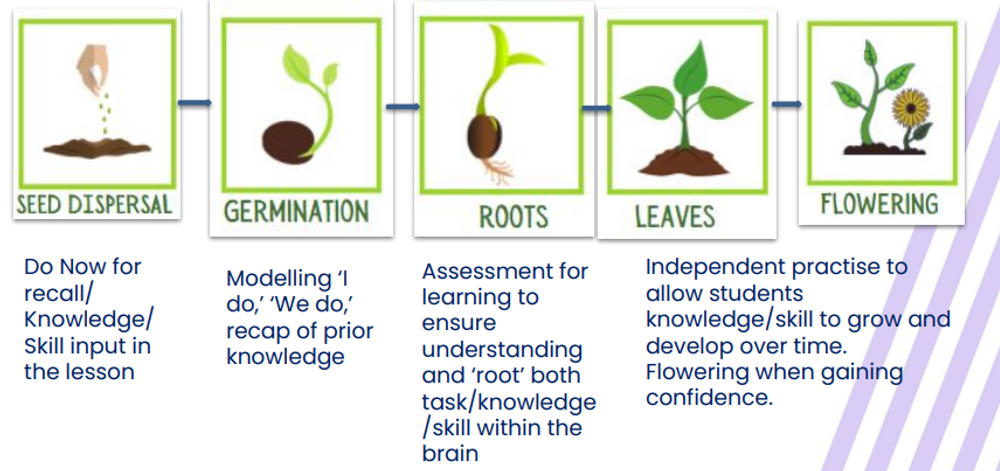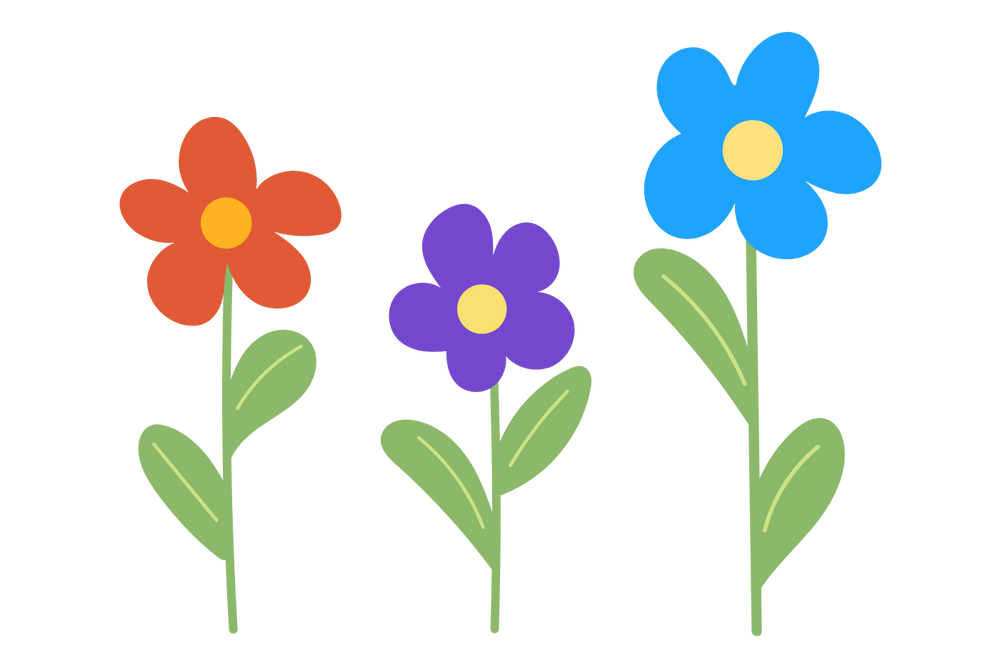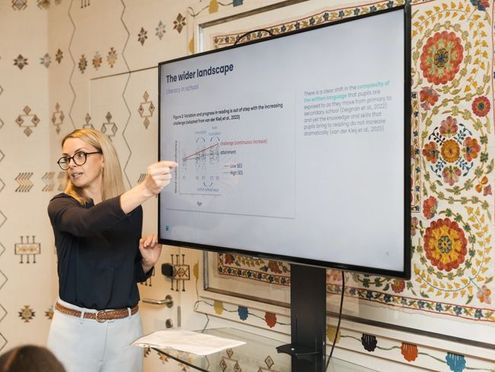In my webinar on April 26th 2022, I explored the research and techniques educators can use to break down complex writing tasks and unlock the potential for learners. I discussed the following questions:
- What makes a writing task complex?
- How can these tasks be broken down?
- So what practical steps can you take to impact learners’ literacy?
What makes writing complex?
Every time we ask a learner to write, even if it’s just one sentence, we’re asking them to combine a myriad of different skills. So much has to go on at once to put an idea onto paper.
Writing tasks ask learners to combine multiple aspects of literacy at once. These include planning and editing skills, text generation skills, knowledge about writing itself, grammar techniques, and ambitious vocabulary. Learners need all of these skills to put pen to paper.

And this doesn’t just apply to English. In every subject, learners need to combine prerequisite knowledge of a topic with the writing skills to express ideas.
"Writing isn’t merely a skill; it’s also a powerful teaching tool." - Judith C. Hochman and Natalie Wexler, The Writing Revolution
It is important to consider the purpose of writing in your classroom so that you can support your learners. Sian Warde, Houlton School, commented that she wanted learners to be able to “communicate and influence the world around them” with their writing - this sums up what we all want for our learners, and why breaking down complex writing tasks is so crucial.
1. Knowing what to write
There are three parts to the idea formation stage:
- Thinking
- Writing
- Reading
The first step you can take when breaking down complex writing tasks is helping your learners understand what to write. This is the thinking stage. We need to teach our learners to understand the question, as well as the planning techniques to construct a response.
To understand questions across the curriculum, your literacy strategy should focus on incorporating the subject-specific meanings of both Tier 2 and Tier 3 vocabulary. (You can find out more about the vocabulary tiers on our disciplinary literacy blog.)
Different subjects use the same piece of vocabulary in unique contexts. Let’s take the word “evaluate” for example. This word is used in six different ways with six different writing styles across the curriculum.

For learners to write well, and to meet the needs of different questions, they have to understand what to write - this helps them break down the complexity of the writing task.
To motivate your learners and remove that fear of the blank page, provide a linear and simple approach to planning. This could be a single paragraph outline, a P.L.A.N approach, some explicit teaching of topic sentences, anything that works! This is especially supportive in extended writing. The important thing to remember is to choose a planning strategy that works for you, your learners and your subject context.
Find just some of the many possibilities to differentiate and personalise teaching of planning on my webinar slides:
2. Knowing how to write it
The January 2022 Reading Framework for Teaching the foundations of literacy states that “children’s writing generally develops at a slower pace than their reading”. To write sentences in a clear, effective way, learners need a strong foundation of grammar and spoken English.
"Offer pupils the gift of grammar so that they can make informed writing choices." - Alex Quigley, 2022.
Comprehension, reading, oracy, study skills and grammar all work together to support learners’ writing (The Writing Revolution, Judith C. Hochman and Natalie Wexler) - this is why these tasks are so complex, but have such potential for improving literacy.
Explicit writing instruction helps you and your learners:
- Identify comprehension gaps
- Boost reading
- Enhance speaking ability
- Improve organisation and study skills
- Develop analytical capability
This explicit writing instruction comes down to word level, sentence level and whole-text instruction - these are manageable chunks that can help your learners retain content, and experiment with language.
In my webinar, I give a few examples of “Do Now” activities you can use at the start of class to get learners thinking about how sentences fit together, or how two sentences are different from one another. Feel free to use these as a springboard for your own activities. I would really recommend considering the writing needs of your particular learners and subject when planning these activities.
Another great technique to support writing is dissecting a model answer. With coloured highlighters (my favourite things ever!), my learners and I went through an example paragraph from An Inspector Calls and dissected it for its arguments, evidence, effects, writer methods and contextual links. This helps learners break down the segments that make up a paragraph of writing. Alongside the visual highlighting, we annotated the key writing elements of the piece to really highlight the different techniques, for example tentative language, that they could use in their own writing. This can also be done using technology through a live modelling exercise. This gives you the opportunity to vocalise your process so that learners can understand how you break down written texts, increasing their independence.

I like to use the metaphor of a flower to show how learners grow throughout a lesson, and over time.
- The seed of the flower is those opening activities, such as the “Do Now tasks”, that give initial knowledge and skill input.
- The germination of the flower is the modelling you do with your class, talking them through how to break complex writing tasks down.
- The roots of the flower are the way you assess your learners’ understanding, recapping knowledge so learners retain information.
- The leaves of the flower are the independent practice learners do over time, strengthening their knowledge.
When your learners are able to break down complex writing tasks with confidence, those are your flowers!
The process of becoming a “flower” not only benefits learners’ literacy, but sets them up to be well-rounded people throughout their lives - in this way, they learn through literacy.
We asked some of our participants about what “flowers”, or successful writing, look like in their classrooms:

Joanne Young: Using subject-specific terminology accurately, and can apply theories and evidence to make reasoned, well-developed arguments.
Jessica Farhadian: When I’m having to be really picky about what they might need to do, because they’ve successfully applied what we’ve discussed/modelled in class.
Kerrie Lamont: Children want to share their work, be it a word they have used, a particular sentence or the final piece.
3. Knowing how to make it better
Don’t underestimate the power of proofreading!
To help with your learners’ proofreading skills, I’ve made a poster! Displaying the proofreading system visually can help make it a whole-school system; learners know they’re expected to proofread their work to that standard. Not only does this improve the quality of their writing, but also helps your students learn through literacy and become well-rounded people beyond the school gates.
Another technique is metacognitive self-reflection: encouraging your learners to think about the way they think and what they have achieved. It sounds complex, but it can be a great way to increase self-awareness and independence when writing. It also strengthens the benefits of proofreading. I expand on this more in the full webinar.
Conclusion
I was thrilled to see that at the end of the webinar, 86% of participants felt more confident about breaking down complex writing tasks. That’s exactly what I was hoping for.
Thank you to Sian Warde of Houlton School, Joanne Young at Harris Girls’ Academy East Dulwich, Jessica Farhadian of Jack Hunt School, and Kerrie Lamont of Thorogate School for your helpful comments, and to everyone who participated for all your fantastic ideas. I couldn’t fit all of them into this blog, but every comment helped shape and inform the webinar - thank you!
My top 2 to take away:
- Consider the specific writing skills you need to teach for each class to be successful.
- Think about how you are supporting learners with writing in a way specific to your subject’s needs.
It blew my mind thinking about how complex writing actually is so to break down complex writing tasks, learners need a strong foundation of explicit grammar teaching and subject-specific vocabulary knowledge. This can be focused on in class, or you can save time in lessons by establishing the groundwork via homework activities - you can achieve this by using edtech solutions such as Bedrock Grammar and Bedrock Mapper.




